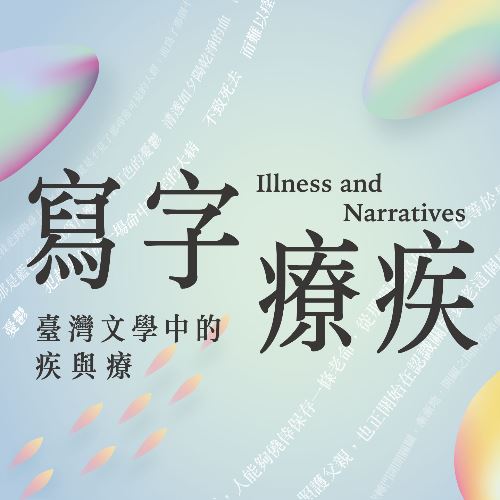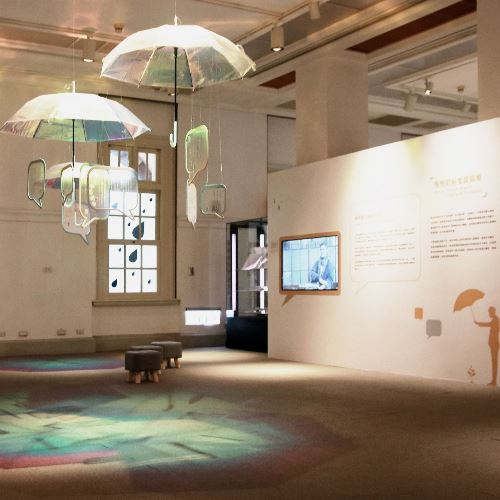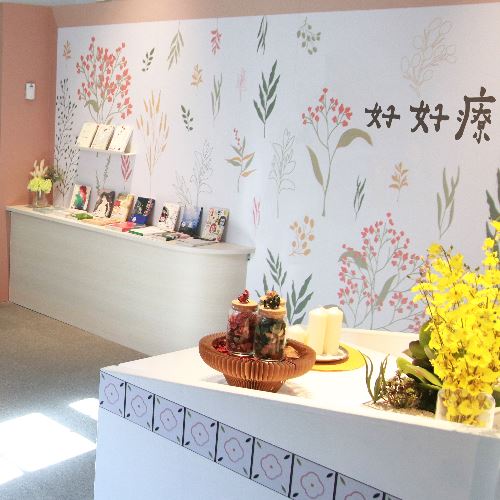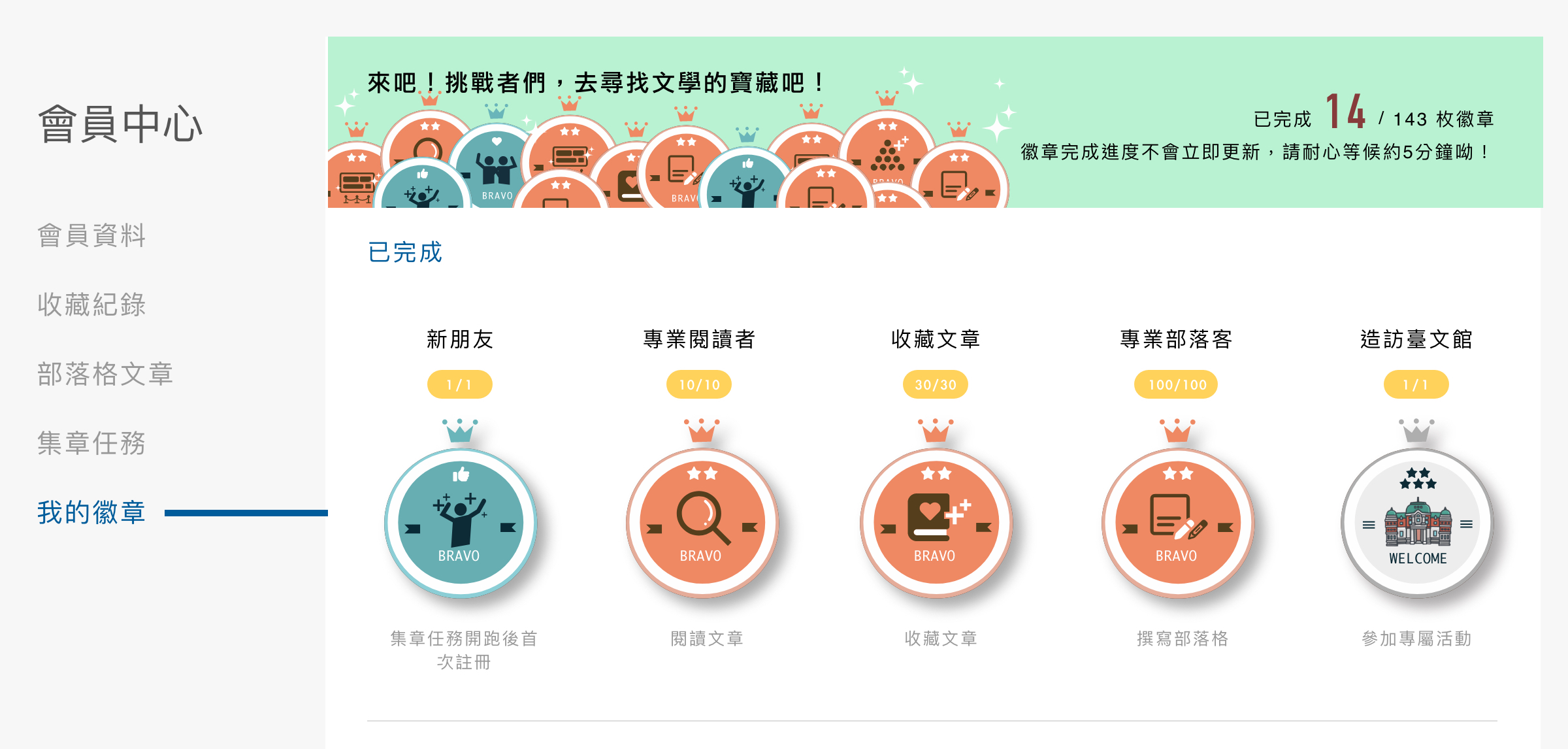►Caring for the Future You ►Precocious Writing – A Secret to Good Health
►A Familiar yet Strange Caregiver
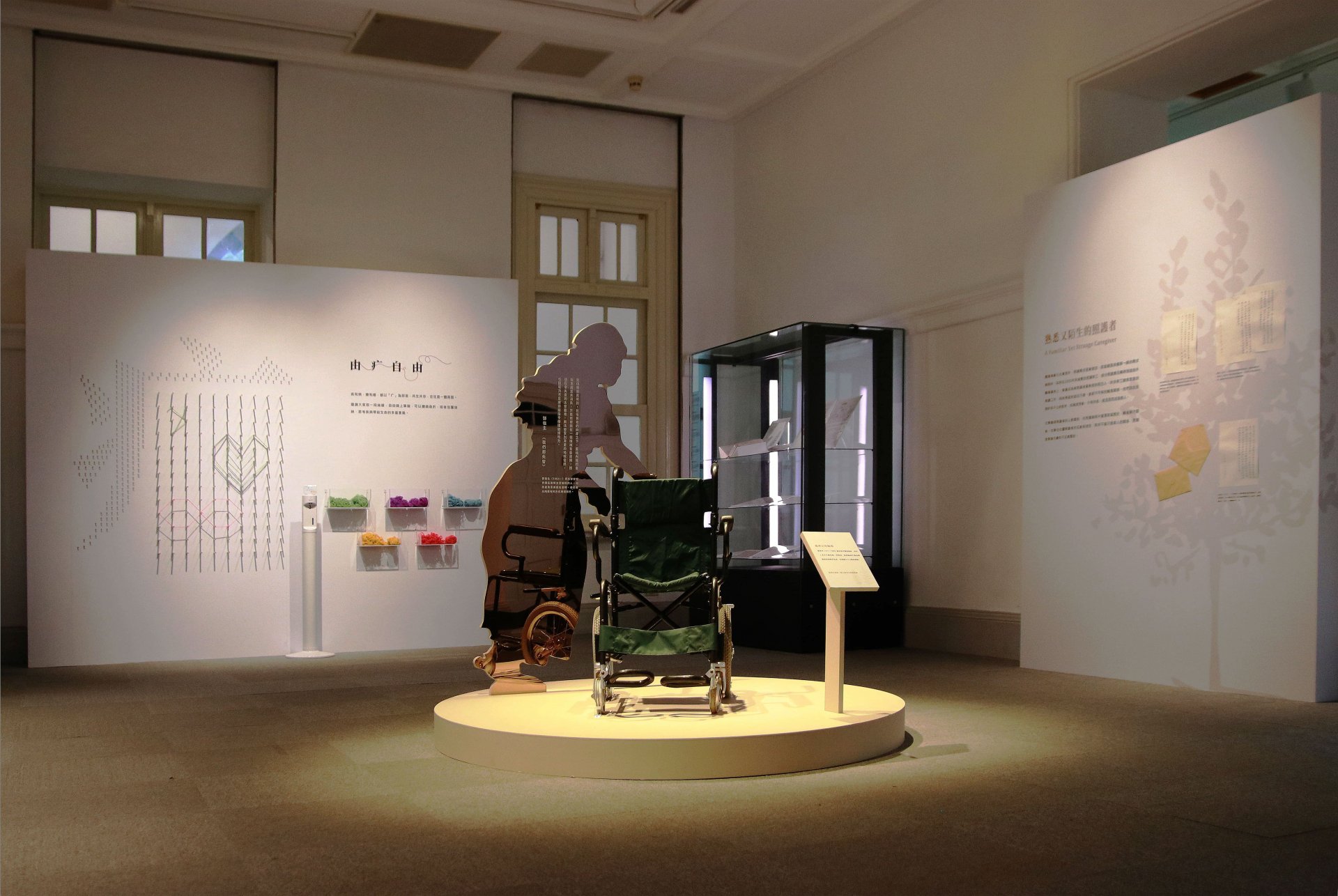
"In fact, I often feel that seniority is not that distant for everyone. It has nothing to do with whether or not a soul is old. Whenever you realize that your body and mind are deteriorating, or whenever you feel your weakness, it can be counted as a tiny part of your ageing life."
Writer Huang Li-chun discusses "old age" in "The Ideal Ageing." Ageing is a slow process; sometimes a small detail will let us realize we are not that young anymore.
Different patients, older people and caregivers leave their traces in literature. Faced with an uncertain future, we examine the relationship between a caregiver and a patient. Taking care of others also means a process of restoring oneself. Illness and aging are both the inevitable paths in life. How to age in an ideal manner becomes a challenge for people nowadays. The role of caregivers has become more important with the coming of an ageing society. Nurses in the medical industry or family members who are responsible for providing care are all important companions of patients and old people.
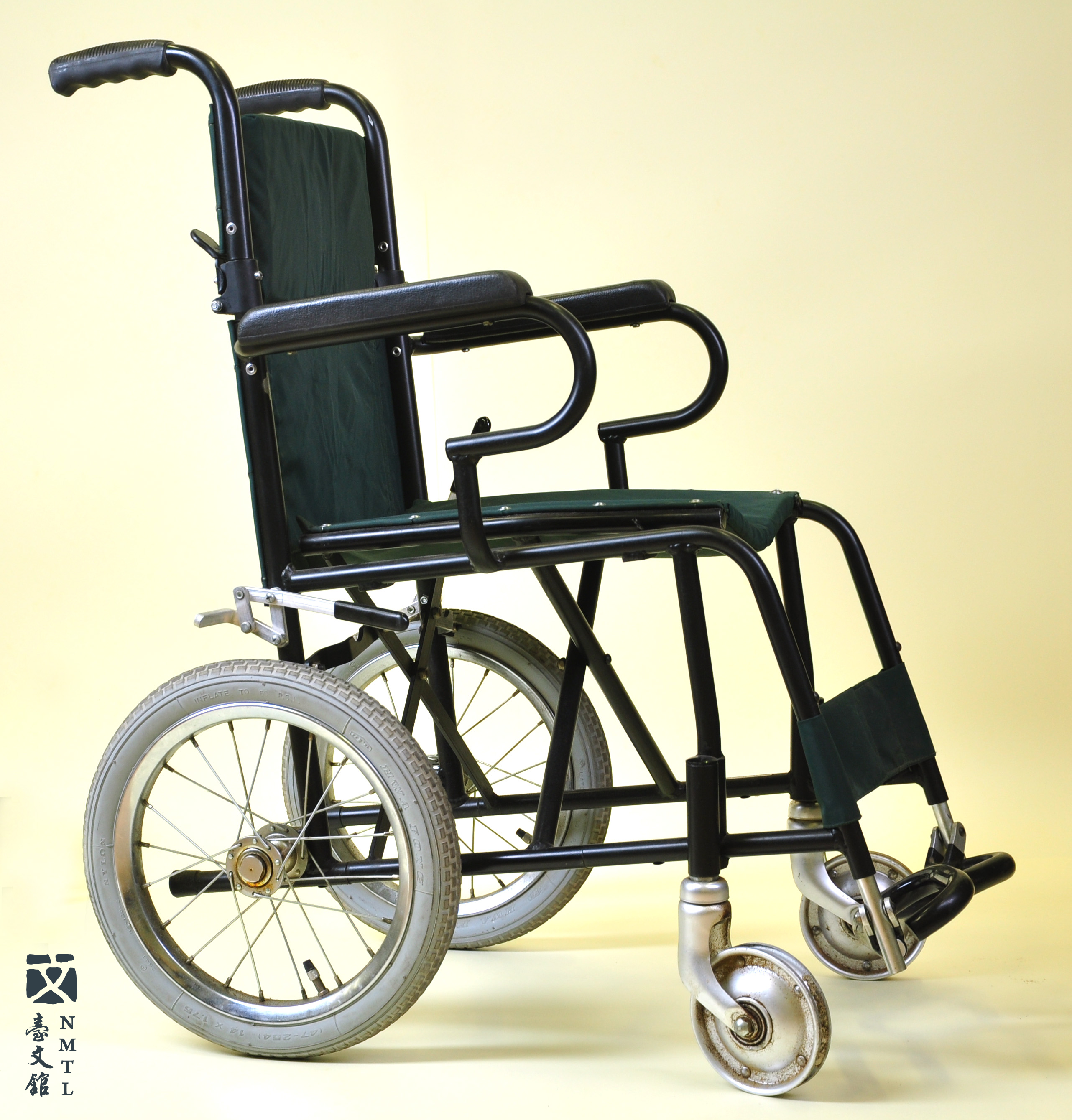
✺ Lung Ying-tsung's Wheelchair
When Lung Ying-tsung (1911-1999) went on a trip to China in his late years, he was accompanied by his wife and second son Liu Zhi-fu. The wheelchair not only carries the memories of Lung Ying-tsung's late years, but also witnesses the affection between his son and him.(Donated by Lung Ying-tsung/ Kept in National Museum of Taiwan Literature)
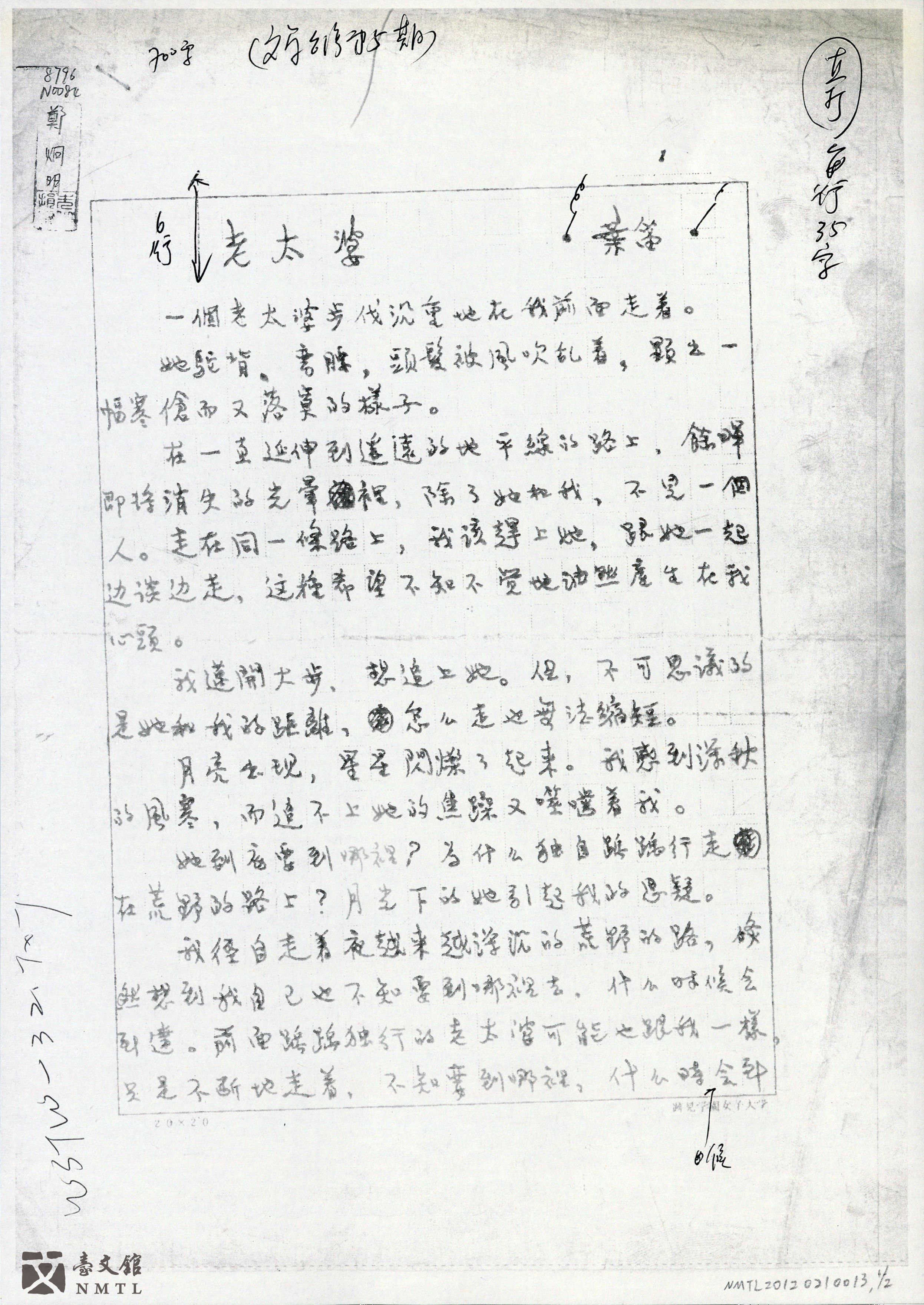
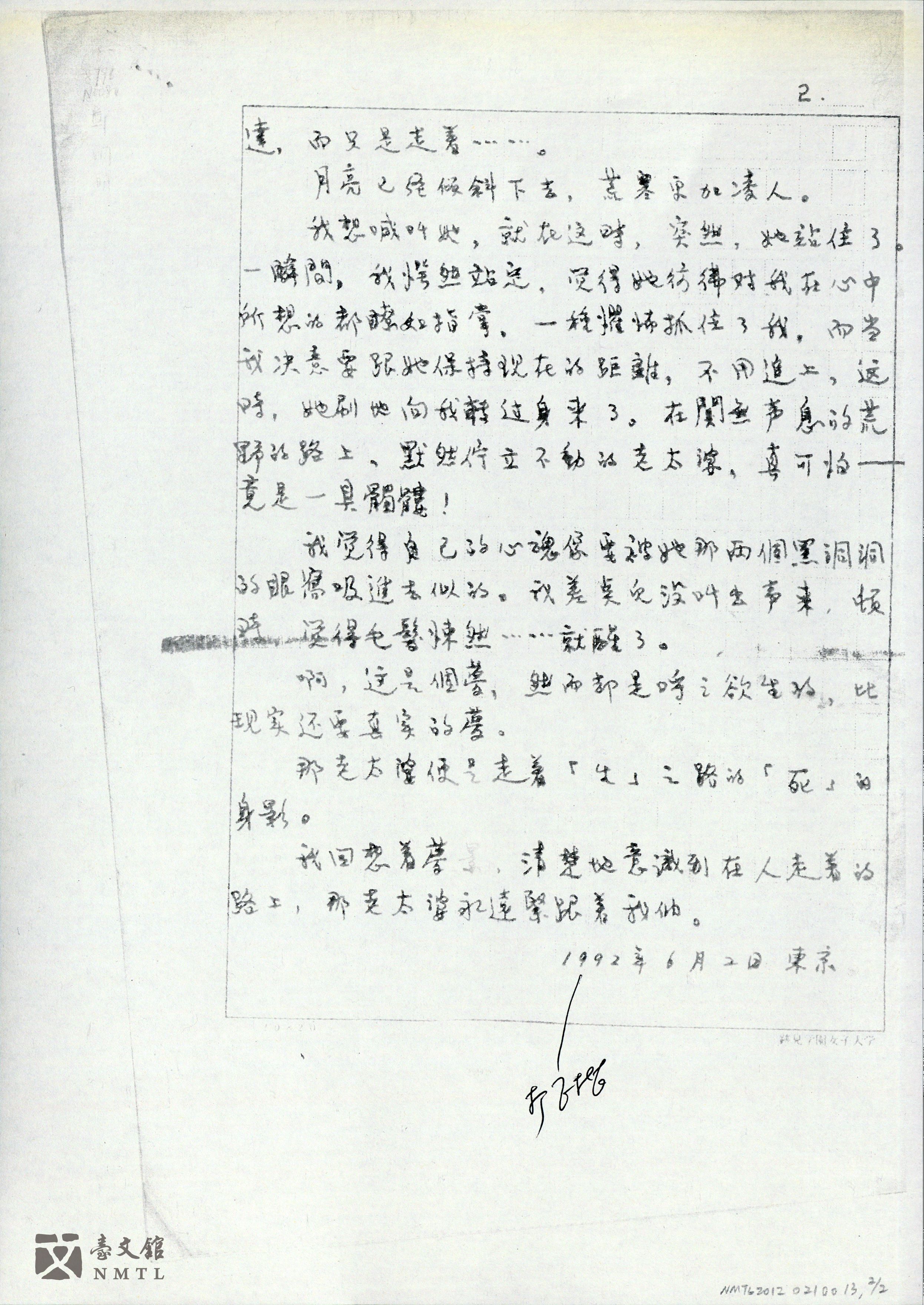
✺ "Old Woman"
In this work, Yeh Ti (1931-2006) describes a dream where he aimlessly follows an old woman walking through a wild field; all of a sudden, as the woman stops and turns around, she becomes a skeleton, causing him to wake up with a start. Later on, he realizes that the woman symbolizes old age and death.(Donated by Literary Taiwan Magazine Publisher/ Kept in National Museum of Taiwan Literature)
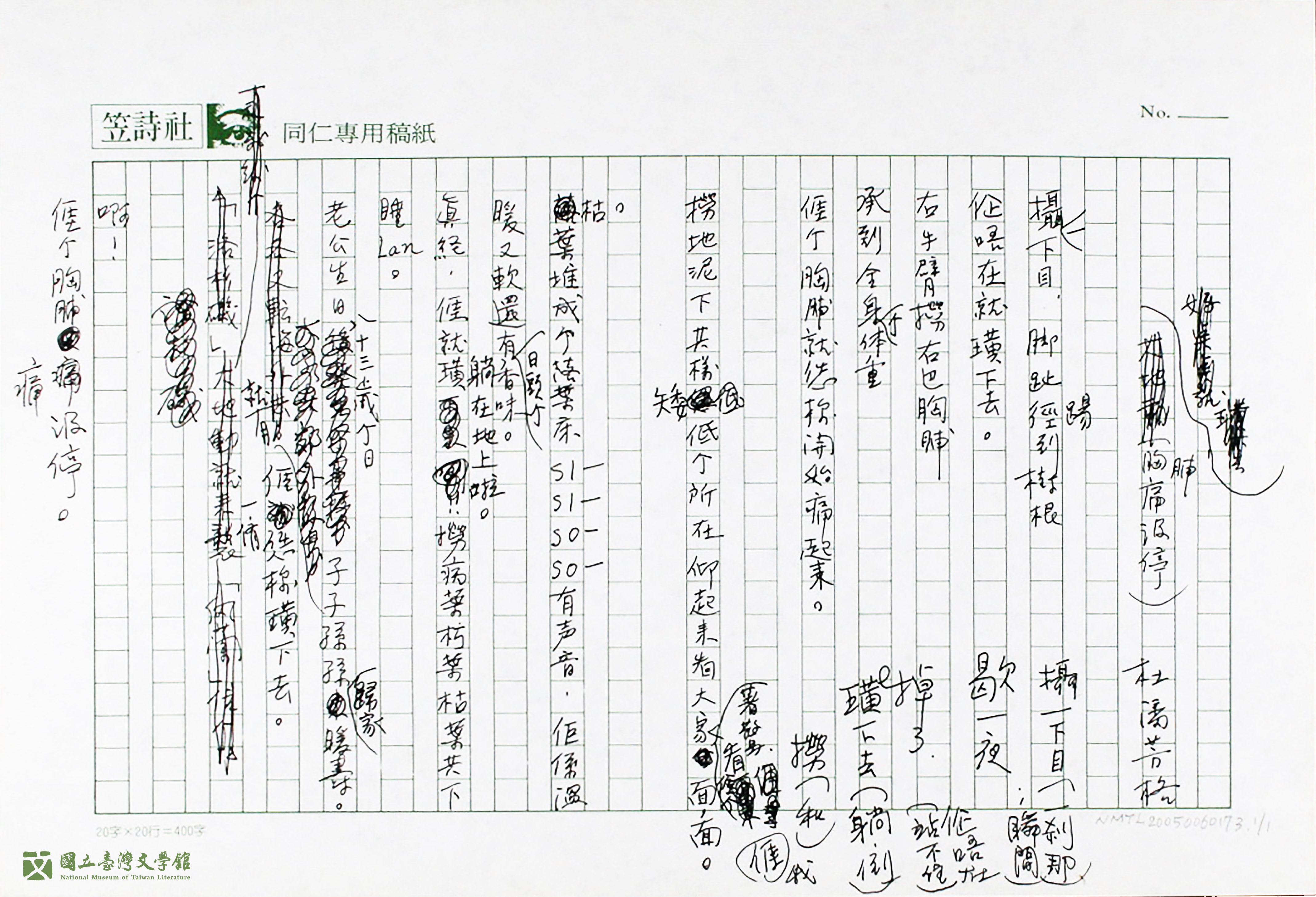
✺ "Incessant Chest Pain"
Dupan Fangge (1927-2016) delicately describes her chest pain and laments whether she has to lie down like this on her husband's 83rd birthday.(Donated by Dupan Fangge/ Kept in National Museum of Taiwan Literature)
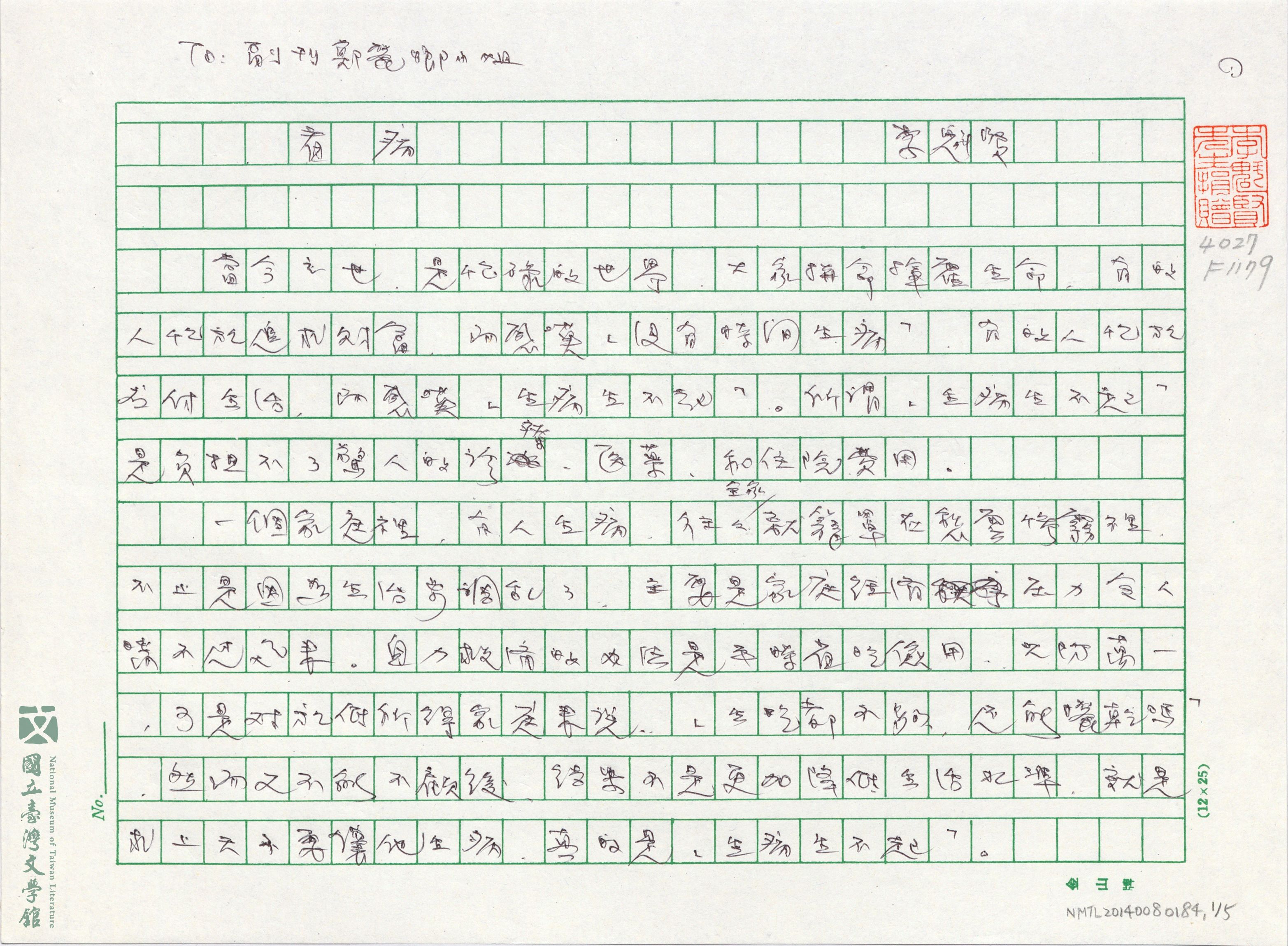
✺ "A Doctor's Appointment"
This writing was published in 1989. In this work, Lee Kuei-shien (1937-) illustrates the enormous costs of health care; many people "cannot afford to be sick," showing the insufficiencies in Taiwan's social welfare policy. The author thinks that since public health insurance is not established yet, patients have to pay deposit for the costs of hospitalization; moreover, the prevalent red envelope culture (giving money to make things go smoother) is what every patient dreads.(Donated by Lee Kuei-shien/ Kept in National Museum of Taiwan Literature)
Caring for the Future You
Literature keeps records of how a caregiver accompanies a patient. It looks back on one's previous family relations and envisions one's future. When a family member gets old, the lives of the rest of the family change accordingly. When a close family member becomes old and loses daily living skills, children are often the first to take on the responsibility of becoming caregivers. Children entering middle adulthood have to watch the once towering figures in their lives wither. Yet, they don't have time to feel sad and lament; instead, they must react immediately and learn about caregiving and other trivial matters. For instance, they might need to bring a senile parent to the hospital or cope with daily hygiene issues. They might also need to deal with cognitive derailment caused by dementia.
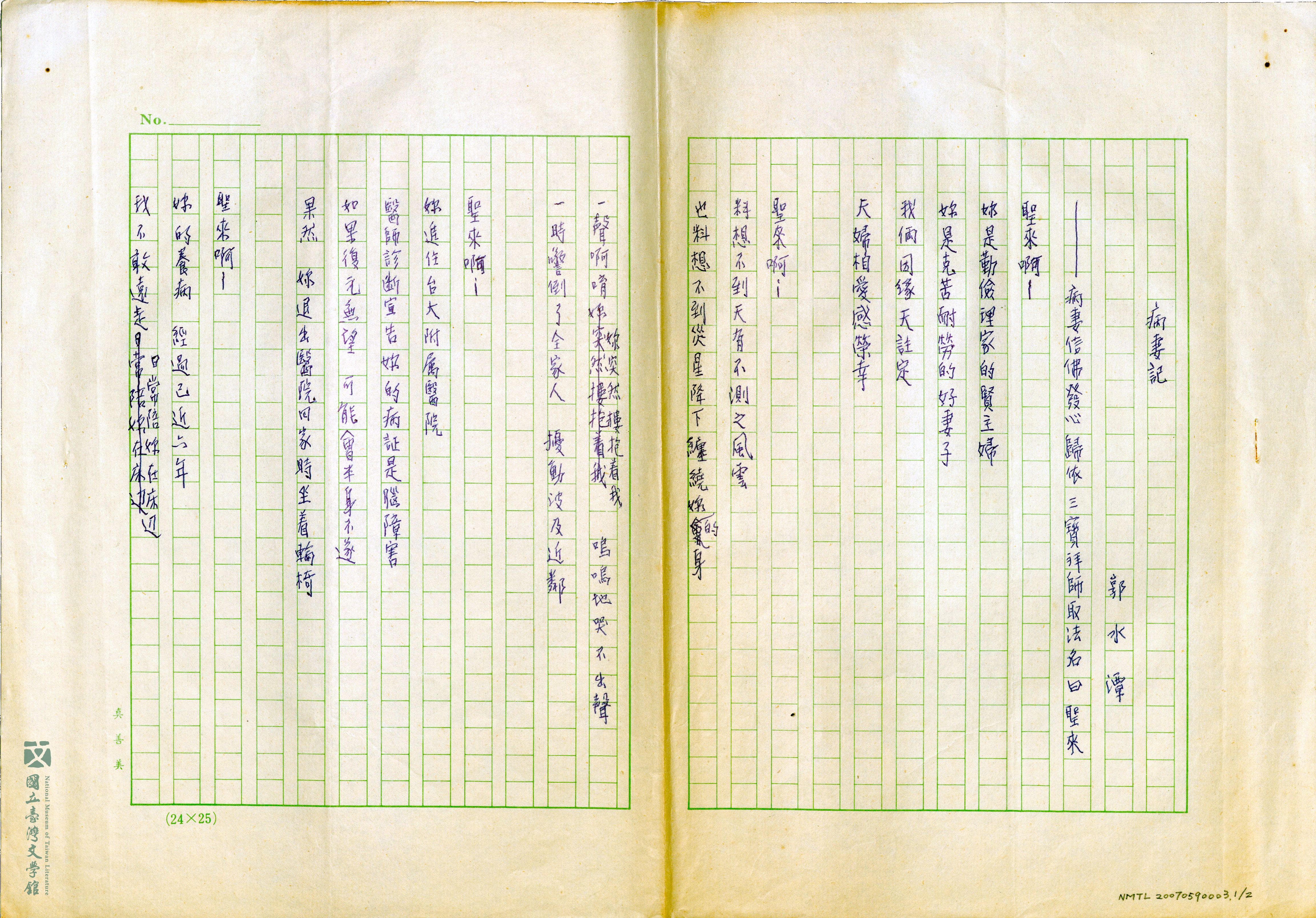
✺ "Sick Wife"
Kuo Shui-tan (1908-1995) wrote down a poem to show how he misses his wife who has long been bedridden. This work shows the many scenes after his wife falls sick. He vows and goes to every temple to pray for his wife's recovery, demonstrating his love for his wife.(Donated by Kuo Sheng-ping/ Kept in National Museum of Taiwan Literature)
Precocious Writing – A Secret to Good Health
"If I put myself in this surgeon's shoes, she might have difficulties she couldn't tell us about; maybe she is carrying her own cross."
Ping Lu wrote down her thoughts after being diagnosed with cancer. After going through an unpleasant doctor's appointment, she pondered upon the ongoing personal problems of doctors and how they could not completely avoid conflicts with patients.
Apart from children and caregivers, healthcare professionals appear frequently in literature. Ever since the Japanese Colonial Era, there have been famous physician writers who presented different ideas about life and sickness through literature. They analyzed and sometimes healed society.
The physician writers today in Taiwan have the same humanistic ambition. They carefully observe their patients and pay attention to the patients' lives. Doctors are deeply aware of the fact that they are not just treating an illness but a real "person."
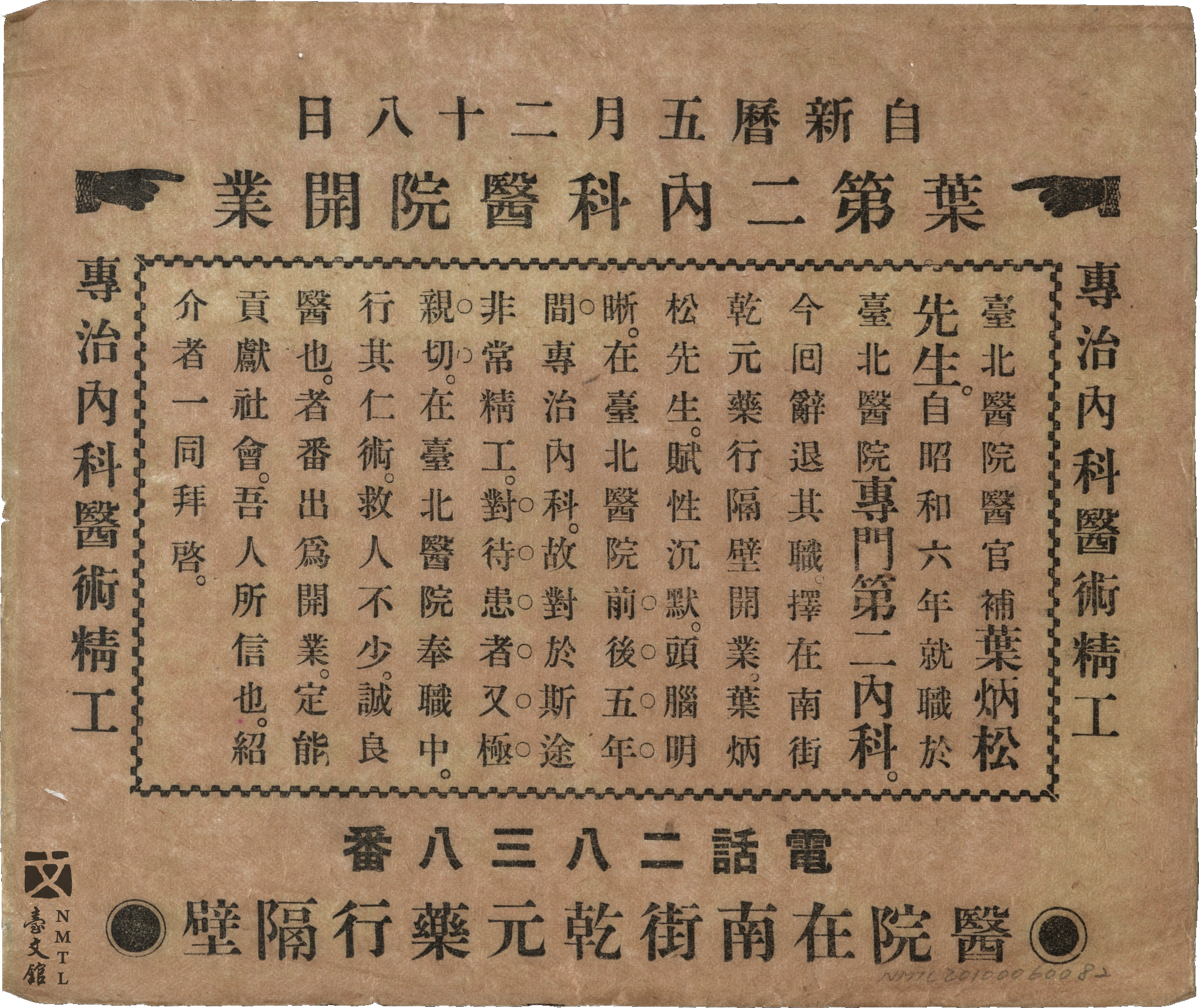
✺ Promotional Flyer "Yeh Ping-song" for Yeh Second Hospital of Internal Medicine
This is a flyer made for Yeh Ping-song's "Yeh Second Hospital of Internal Medicine;" Yeh Ping-song was Yeh Ping-hui's younger brother. The flyer introduces Yeh Ping-song as someone who once worked at Taipei Hospital; he is reticent and clear-minded; he specializes in internal medicine and is friendly towards his patients.(Donated by Yeh Su-wan and Chou Yuan-lang/ Kept in National Museum of Taiwan Literature)
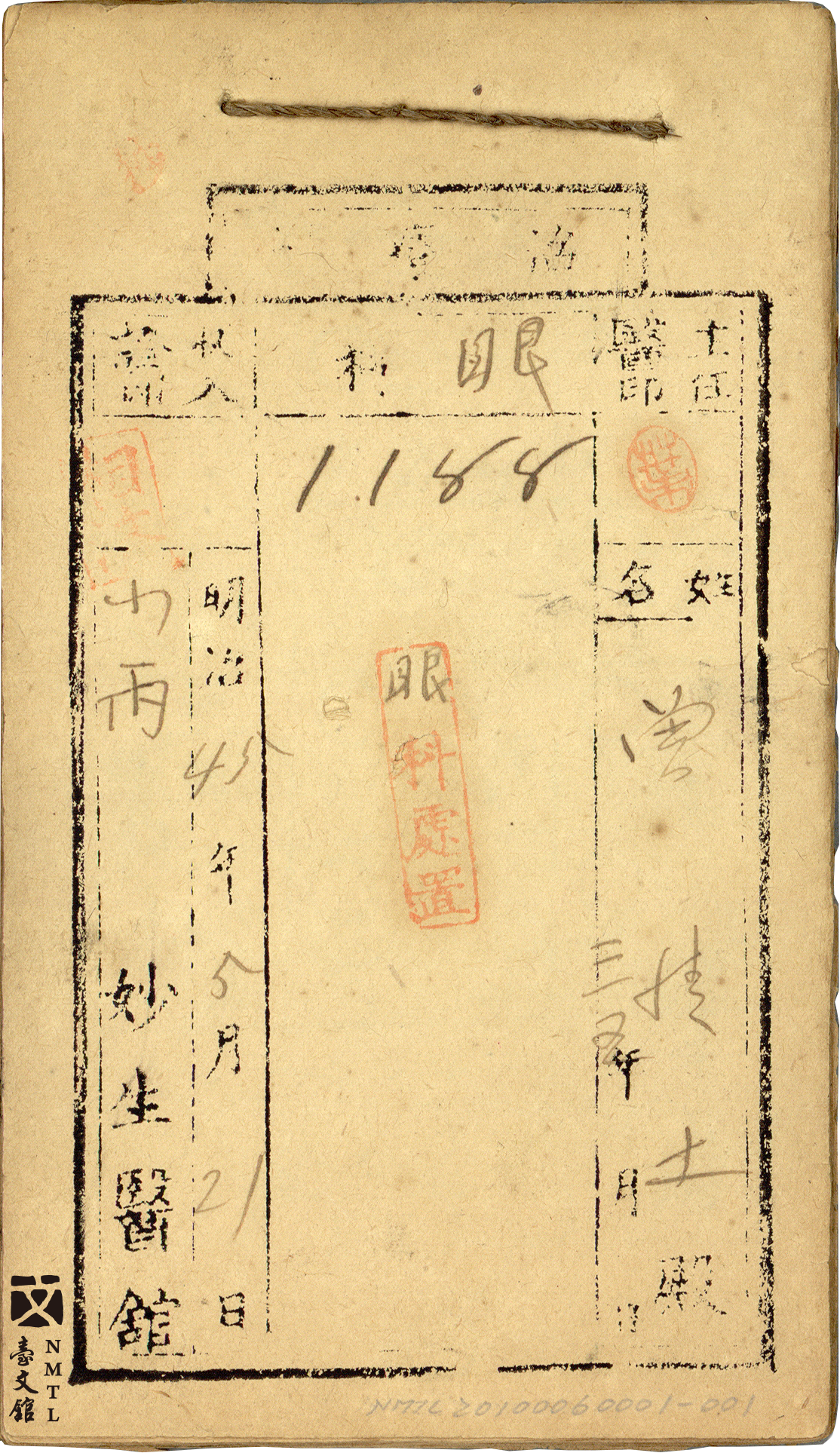
✺ Miao Sheng Doctor's Office: The Doctor's Notes (1912)
These are the doctor's notes issued by Miao Sheng Doctor's Office, which was owned by Yeh Ping-hui (1907-1968), pen name Yeh Bu-yue. The notes contain the name, division, registration number and the date of visit of each patient.(Donated byYeh Su-wan and Chou Yuan-lang / Kept in National Museum of Taiwan Literature)
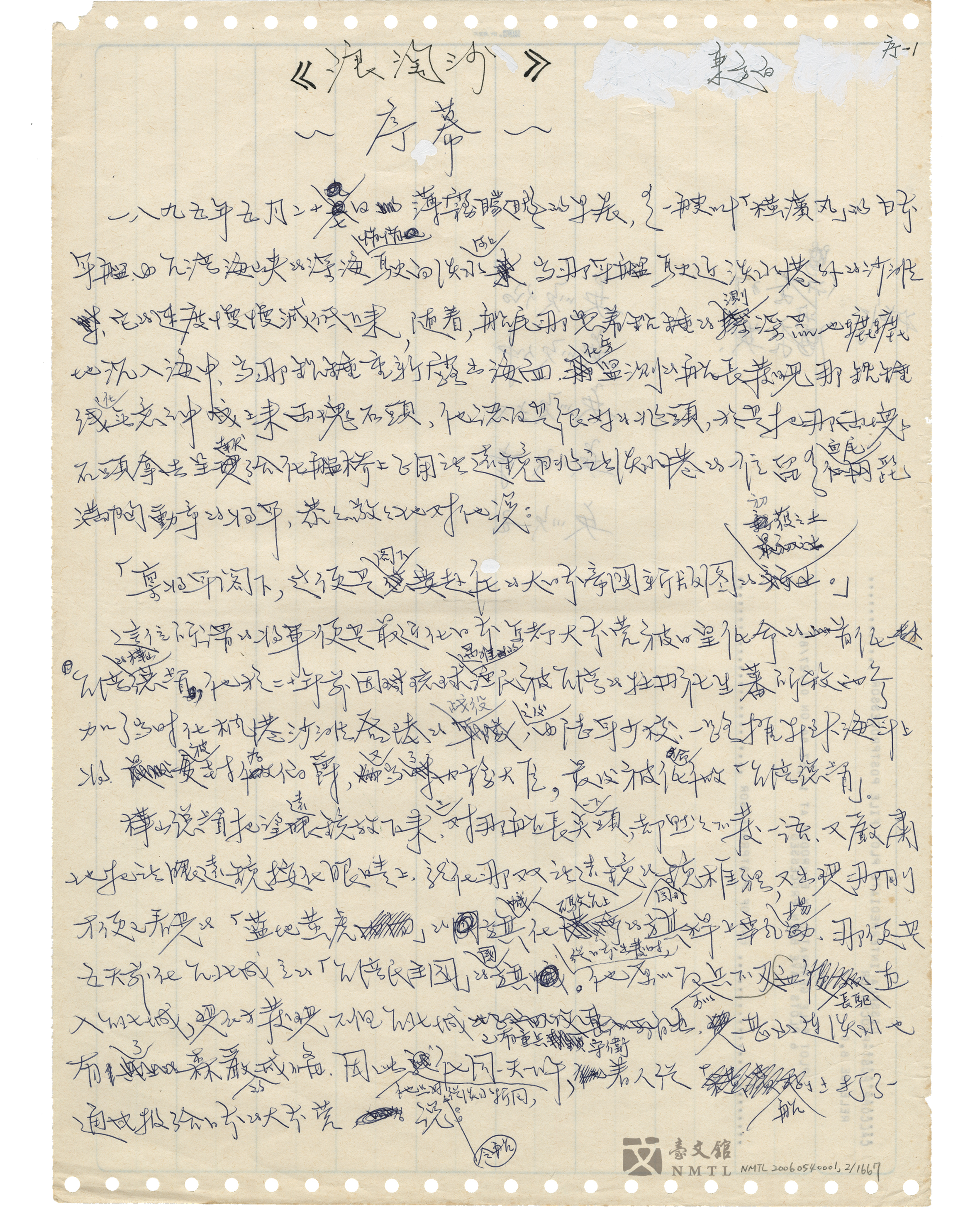
✺ SAND IN THE WAVES
Tong Fang Po (1938-) uses three characters as the centre of his work: Qiu Yaxin, Jiang Donglan, and Zhou Mingde to represent three real people in history: Cai Axin (Taiwan's first female doctor), Zhang Donglan (former principal of Hsinchu Senior High School) and Chen Mingde (former teacher of Chenggong High School). The author combines the stories of these three people into a roman-fleuve, showing Taiwan's history and spirit.(Donated by Tong Fang Po/ Kept in National Museum of Taiwan Literature)

✺ Opening Notification of the Clinic
Chan Tso-chou (1897-1980), who was a poet and a doctor, had been running the Shengchun Hospital for a long time in his hometown Yongjing. Known as "Yongjin's Poet Doctor," he was highly respected due to his medical ethics.(Donated by Chan Yuan-hsiung/ Kept in National Museum of Taiwan Literature)
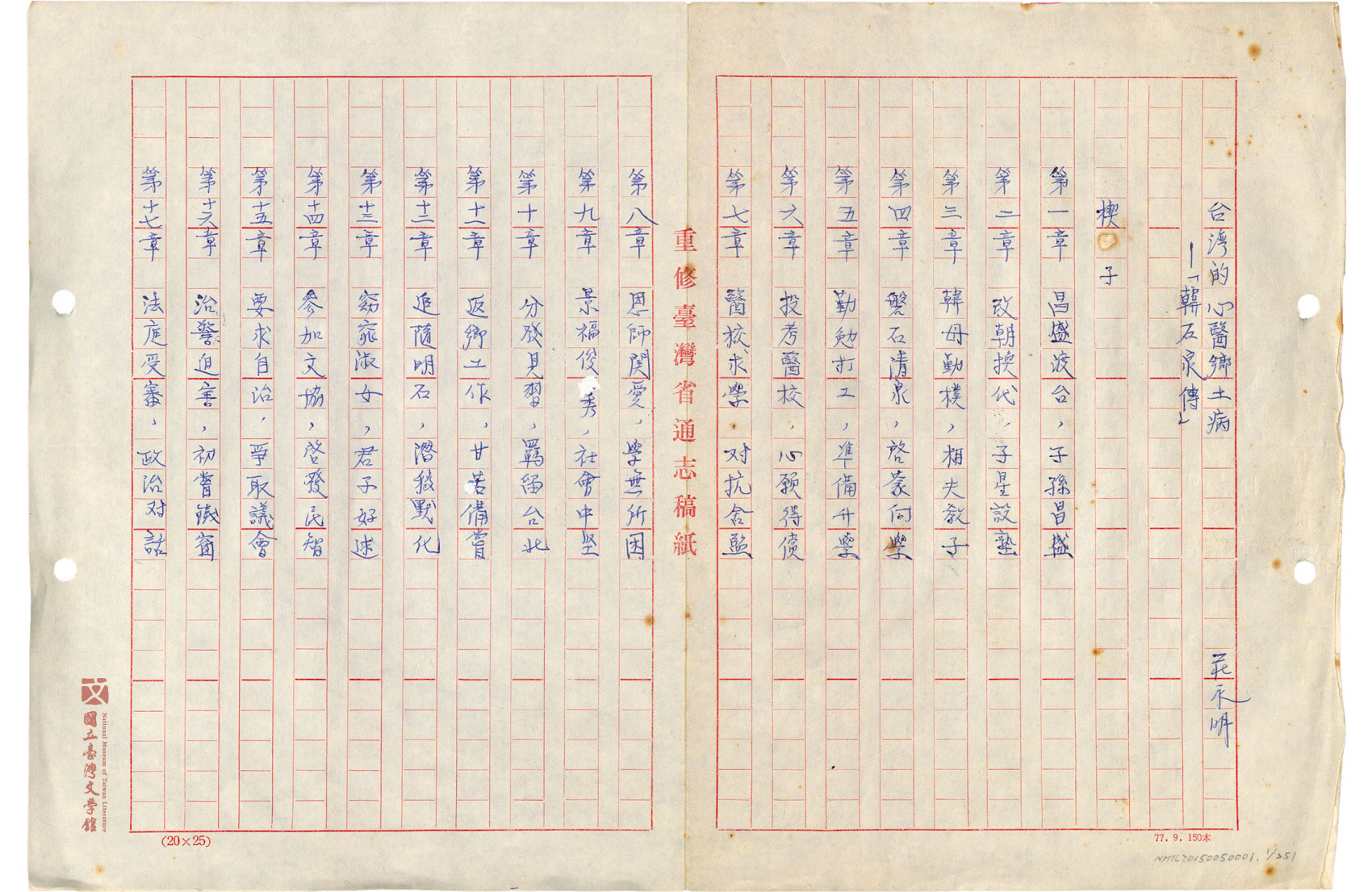
✺ STORY OF DR. HAN SHIH-CHUAN
Zhuang Yong-ming (1942-2020) authored the biography of Dr. Han Shih-chuan. He narrates the life journey of Han, who staunchly upheld humanism, from working as a doctor to becoming a participant in politics.(Donated by Han Liang-cheng and Han Liang-chun/ Kept in National Museum of Taiwan Literature)
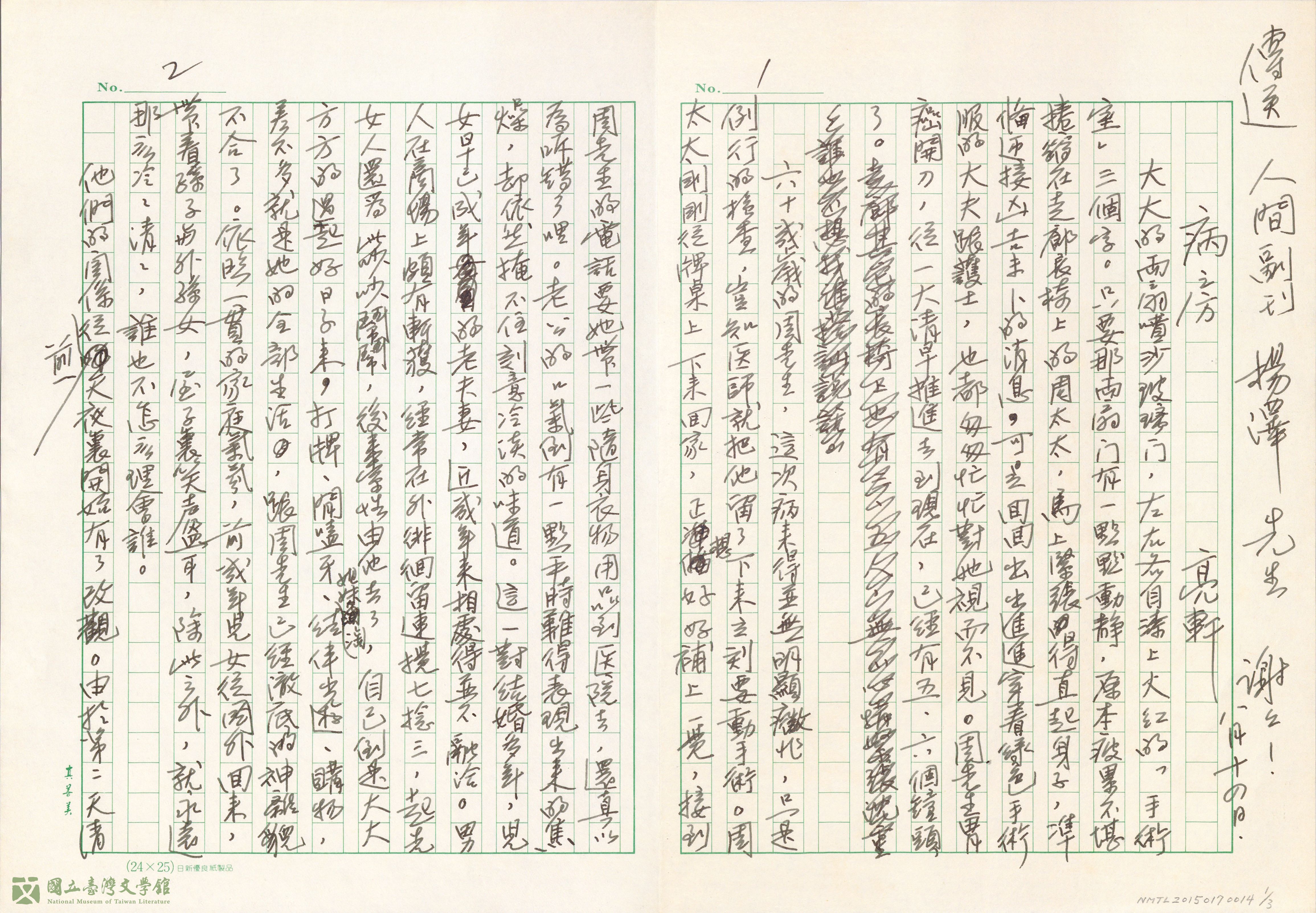
✺ "Hospital Ward"
This work by Liang Xuan (1942-) was published in 1996 in the "Humanity" supplement (Collection of Cultural Critiques) of CHINA TIMES. The writing tells the tale of an old couple who appear to be in harmony but are actually falling out of love. Yet, the wife stays with the husband when he is suddenly sick, allowing them to get to know each other again. It also illustrates the wife's anxiety when she is waiting outside the operating room for updates.(Donated by Liang Xuan/ Kept in National Museum of Taiwan Literature)
A Familiar yet Strange Caregiver
With an ageing society, the need for caregivers is growing. Usually, a patient's family members take care of his/her needs and keep him/her company. After the government opened the door for foreign workers to work as caregivers in 2000, part of the responsibilities of caring for patients have shifted to these foreign caregivers, who become the most familair strangers to those being cared for. Many foreign workers undertake heavy work of care and are faced with language barriers and discrimination at work. They have been treated unfairly, such as overwork and little rest; sometimes, they themselves become patients.
Literature looks into caregivers' mental journeys; it also investigates patients' family history, reflects on parent-child relationships when a sick person is being taken care of by his/her family members. Literature reveals the endurance and grudge of caregivers. Being there with the patient is more than a relationship between two people; instead, it implies the insufficiencies and suppression of society.
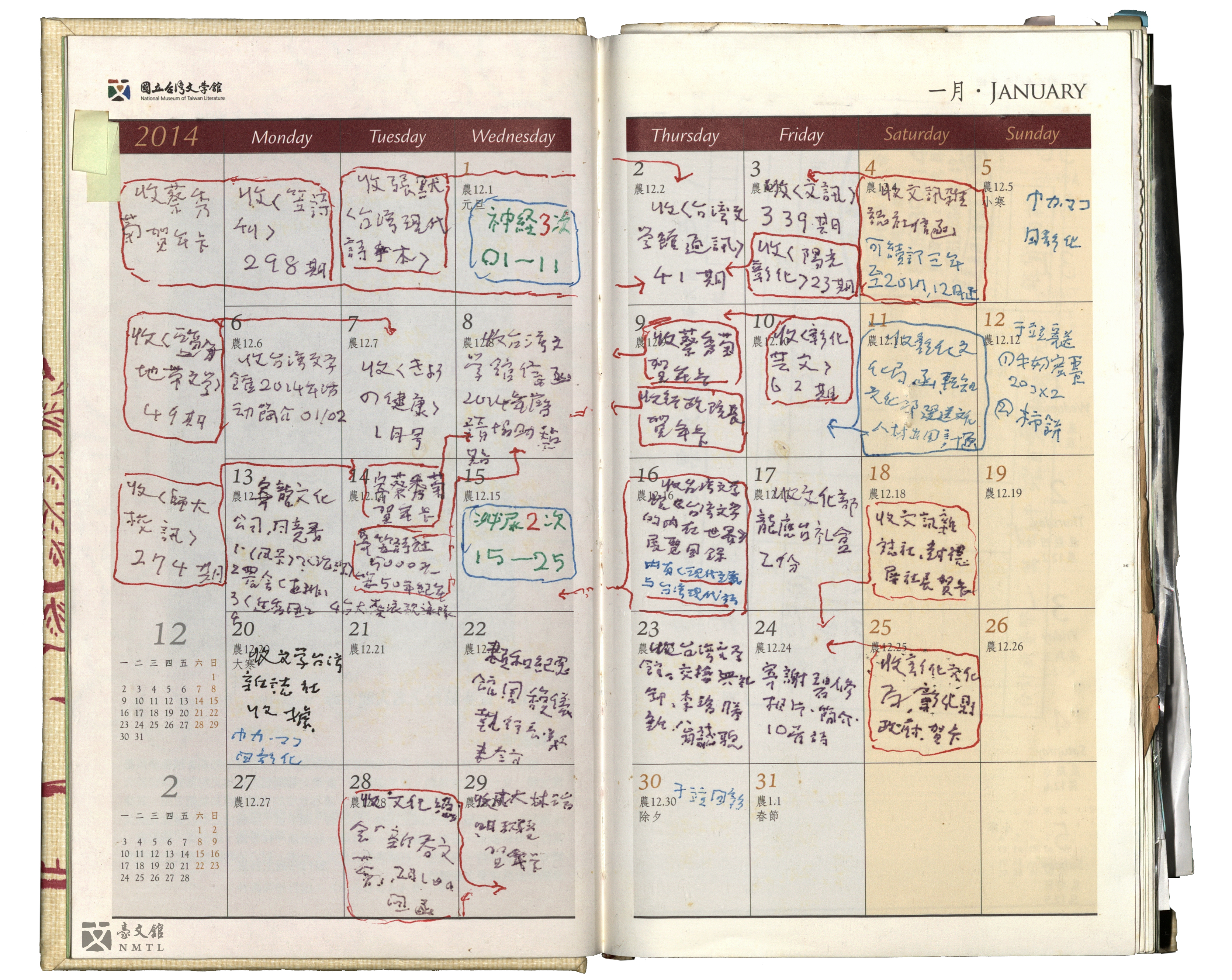
✺ Lin Heng-tai's Notebook
The Taiwan Literature Annual Calendar of Lin Heng-tai (1924–2023) keeps records of the trivial matters in life in 2014; it also includes his visits to the hospital every month and the receipts for his medicine. Also, Lin recounts all the diseases he has had since the Japanese colonial era, demonstrating his coexistence with illness.(Authorised and Provided by Nikky Lin)

